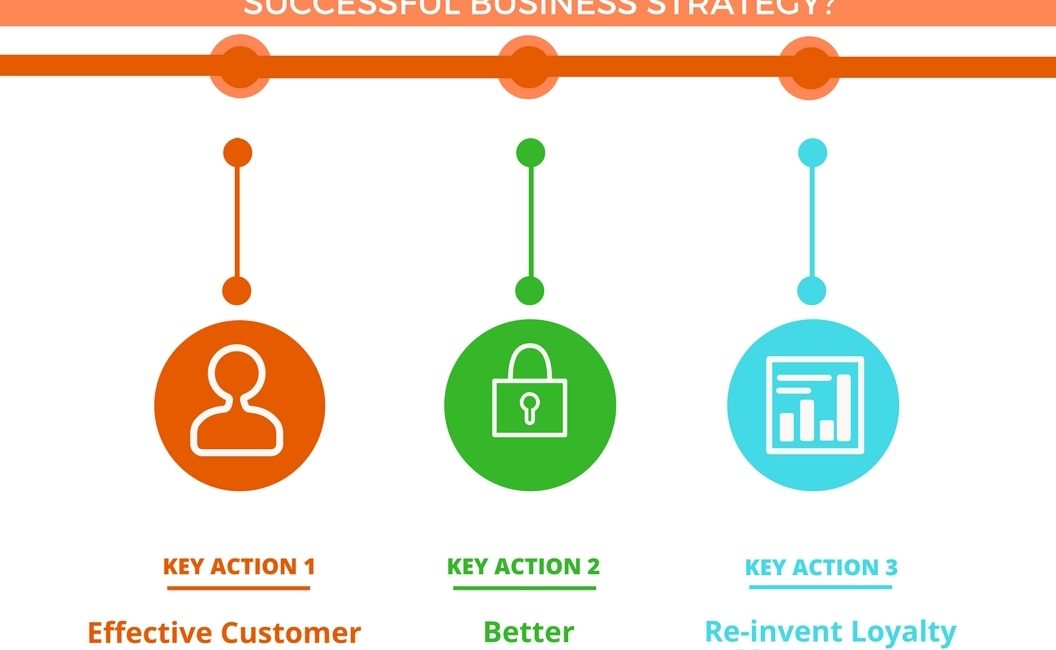Calculate Customer Lifetime Value
Calculate Customer Lifetime Value (CLV) and you have one of the most important metrics to measure for any growing company. It shows how long it takes to recoup the investment to acquire a new customer, the value of a customer relationship and provides a prediction of future profitability and revenue for forecasting.
Here are Customer Lifetime Values for some companies you know.
- AMAZON PRIME: $1,340
- AMAZON KINDLE: $1,233
- AMAZON: $790
- NETFLIX: $291
- STARBUCKS: $14,099
How to figure it out for your company? Take these 6 straightforward steps to calculate Customer Lifetime Value (CLV).
Step #1: Start with Annual Customer Value
Start by dividing your company’s total revenue over a specific time period (usually one year) by the number of purchases over the course of that same time period. You can also segment your customer base by best, good and bad customers. So you have Annual Customer Value by segment should you want to reward the best customers with a loyalty program.
Step #2: Identify the Life Span of the customer
What is the Life Span for your customers? For example, Starbucks is 20 years. As a result of this Life Span, Starbucks’ Customer Lifetime Value is high. Life Span is the average time the customers used in Step #1 stay with you. With Annual Customer Value and Life Span, you’ve established your foundation for Customer Lifetime Value. Now, it’s time to start sharpening the number.
Step #3: Apply Customer Retention Rates
To calculate Customer Retention Rate, you need to know three things.
- Number of customers at the end of a period (E)
- Number of new customers acquired during that period (N)
- Number of customers at the start of that period (S)
We are interested in the number of customers remaining at the end of the period without counting the number of new customers acquired. Remaining customers can be calculated by subtracting N from E. To calculate the percentage, we divide that number by the total number of customers at the start and multiply by 100.
Customer Retention Rate = ((E-N)/S)*100
As an example, the Customer Retention Rate for Amazon Prime year over year is 90%.
This formula also takes into account businesses that have churn or cannibalization influencing retention rates.
Step #4: Determine Gross Margin per customer to calculate Customer Lifetime Value
This is how much profit each customer provides during their lifespan. Gross Margin is determined by total revenue minus the direct costs of producing the goods as well as investments into services for customer acquisition.
Step #5: Know the rate of discount
The Rate Of Discount = The interest rate used for calculating the present value of future cash flow. This number is usually between 8% and 15%. This value assumes prices aren’t going to increase in the immediate future. You can always look at high/low scenarios. However, a safe value to apply if you are unsure is 10%
Step #6: Calculate Customer Lifetime Value
Now, you’re ready to go. Annual Customer Value X Life Span X Retention Rate X % of Gross Margin X Rate of Discount = Customer Lifetime. Because you know the steps to get there, you know how much your customers are worth, their value in the future and your company’s ability to grow. That’s why it’s one of the metrics that matter for any business.
These steps follow the formula used by Neil Patel. Thanks, Neil for helping us better understand Customer Lifetime Value.
Do these steps help you with CLV for your company?


